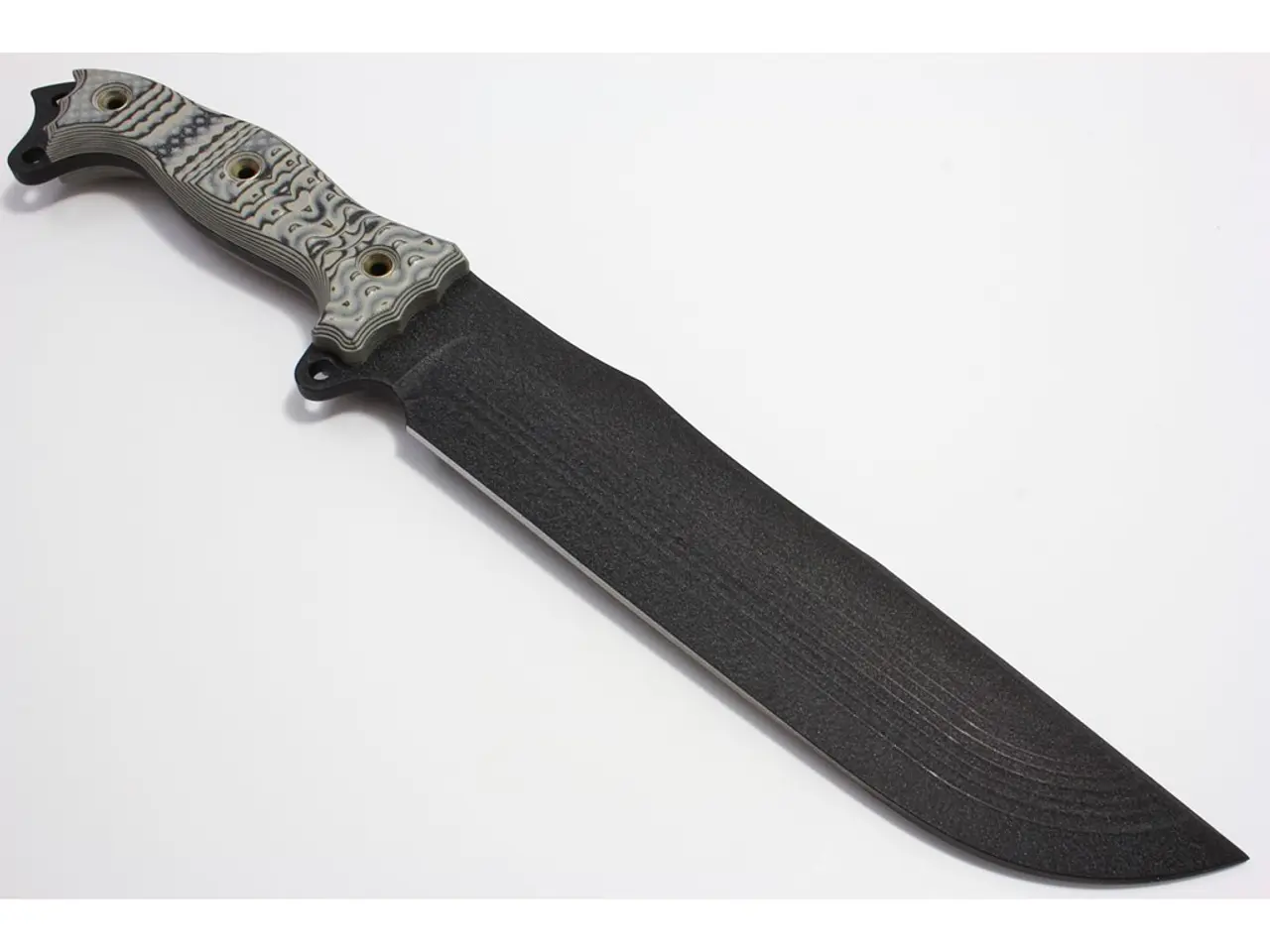Navies of the Philippines and India initiate inaugural joint patrols in the South China Sea
The Indian and Philippine navies have embarked on a historic joint naval patrol in the South China Sea, specifically in the West Philippine Sea, which is part of the Philippines' exclusive economic zone. This landmark patrol, scheduled to last for two days, is aimed at pushing back against China's territorial claims in the region.
The joint patrol began on Sunday and is taking place amidst heightened tensions, with Chinese coast guard and maritime militia frequently harassing Philippine vessels. These incidents include the use of water cannons and blocking resupply missions to Philippine outposts.
The objectives of the joint patrol are threefold. First, it aims to enhance mutual preparedness, trust, and operational synergy between the two navies through joint maneuvers and communication protocols in the maritime domain. Second, it seeks to combat instability in international waters, reflecting concerns over Chinese actions in the contested region. Lastly, it aims to strengthen tactical coordination and joint maritime capabilities as part of broader defense cooperation between India and the Philippines.
The patrol, which is taking place around early August 2025, sees Indian naval vessels docking in Manila before and after the patrols. The implications for defense cooperation are significant. This move signals a deepening maritime security partnership between India and the Philippines, coinciding with the 75th anniversary of their diplomatic ties and the upcoming meeting of leaders such as President Marcos and Prime Minister Modi.
The joint patrol also indicates potential expanded Indian efforts to support the modernization of the Philippine military, strengthening regional security. It is seen as part of India’s growing security presence in the Indo-Pacific region, reflecting its strategic intent to balance China’s influence.
China, however, has reacted to the joint patrol. Its navy ships have been shadowing the Indian and Philippine vessels during the patrols, showcasing Beijing’s concern about the expanding India-Philippines cooperation.
During President Marcos' visit to India, potential defense agreements are expected to be discussed. The Philippines has previously purchased BrahMos supersonic cruise missiles from India, which have a top speed of 3,450 kilometers (2,140 miles) per hour.
The joint patrol underscores a broader alliance effort where both countries, along with other like-minded partners, look to uphold freedom of navigation and stability in contested maritime zones. The partnership exemplifies their mutual interest in countering coercive behavior and safeguarding territorial sovereignty in a geopolitically sensitive area.
The Philippines has increased defense cooperation with various allies over the past year due to a series of clashes in the South China Sea. India is a member of the Quad, a group that includes the United States, Japan, and Australia, and has been accused by Beijing of being created to contain China.
The South China Sea patrol is currently undergoing replenishment at sea. The patrol is scheduled to last for two more days, ending on Tuesday. This joint patrol marks a significant step forward in the ongoing efforts to maintain peace and stability in the South China Sea.
- The joint naval patrol, involving both Indian and Philippine navies, takes place in the South China Sea, particularly in the West Philippine Sea, which falls within the Philippines' exclusive economic zone, amidst heightened tensions caused by Chinese actions.
- The objectives of the joint patrol are to enhance mutual preparedness, trust, and operational synergy, combat instability in international waters, and strengthen tactical coordination and joint maritime capabilities, thereby reflecting concerns over Chinese actions in the contested region.
- The South China Sea patrol, which sees Indian naval vessels docking in Manila, is part of India’s growing security presence in the Indo-Pacific region, a move that is intended to balance China’s influence and uphold freedom of navigation.
- Following the joint patrol, during President Marcos' visit to India, potential defense agreements are expected to be discussed, which might include the modernization of the Philippine military, as India has previously sold BrahMos supersonic cruise missiles to the Philippines and is a member of the Quad, a group whose existence is said to be aimed at containing China.








